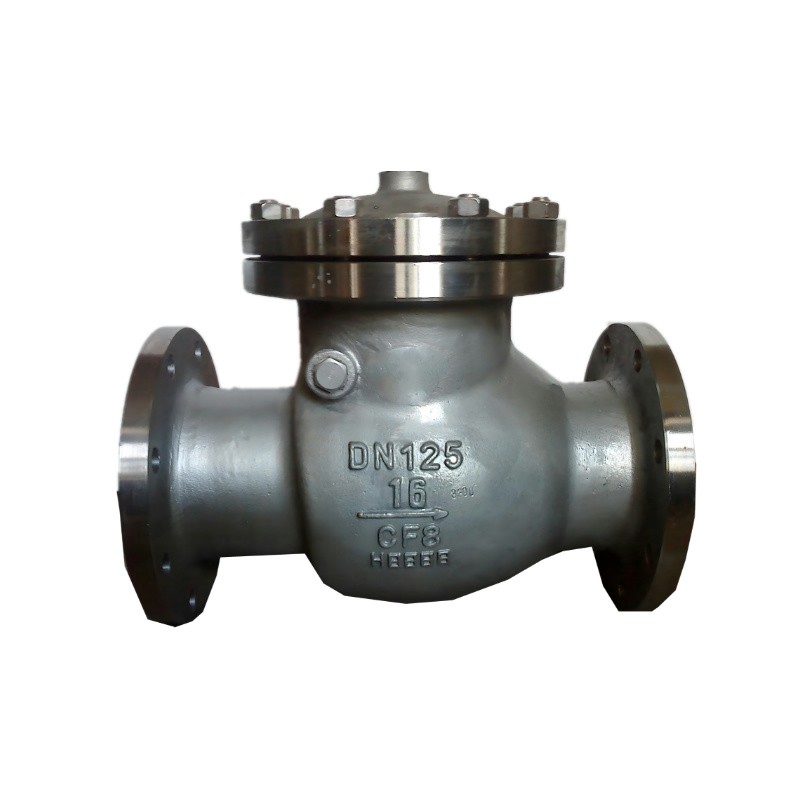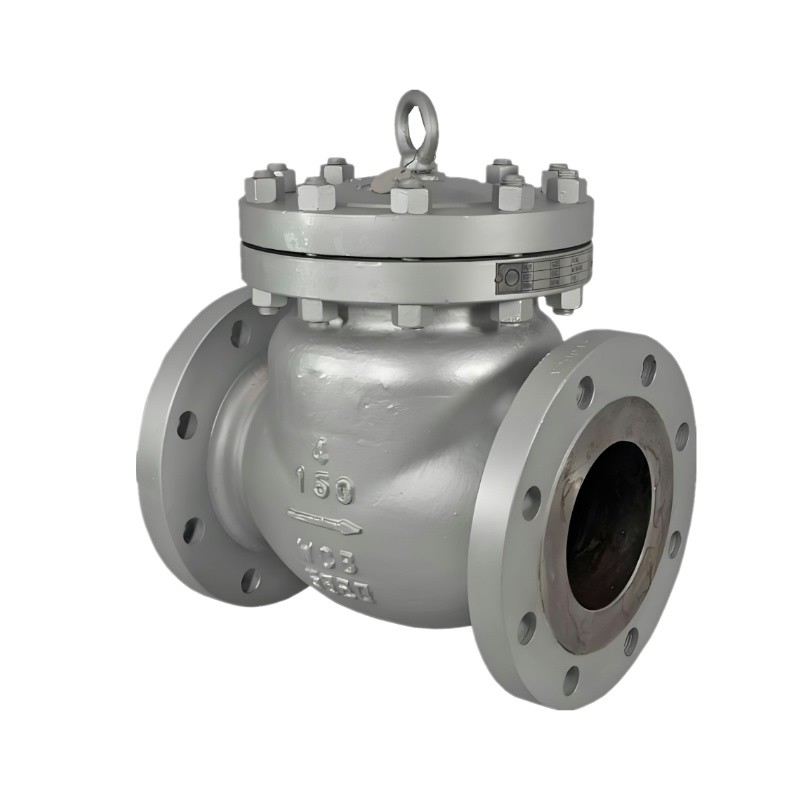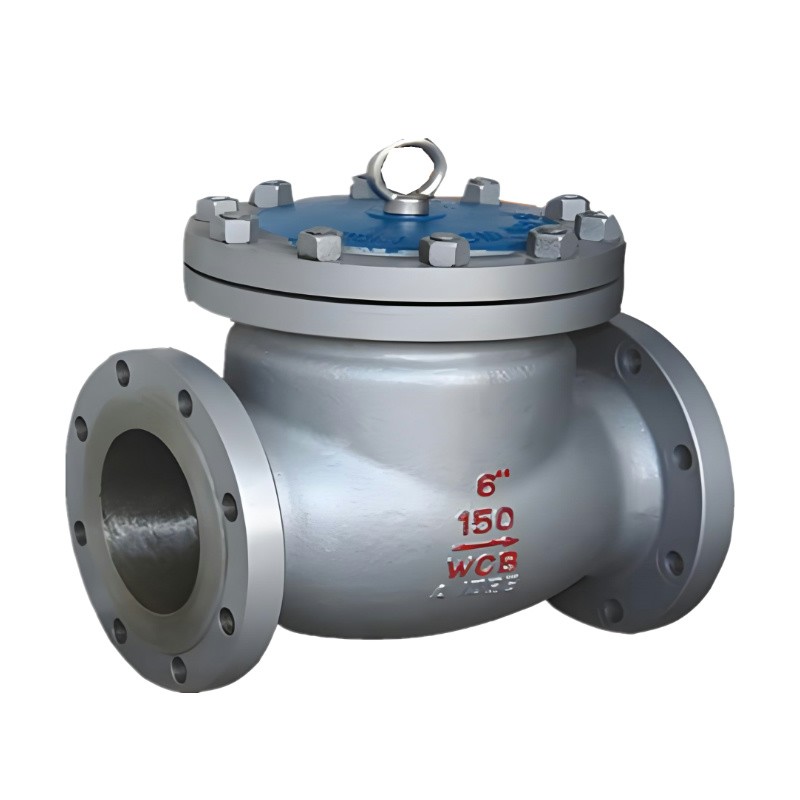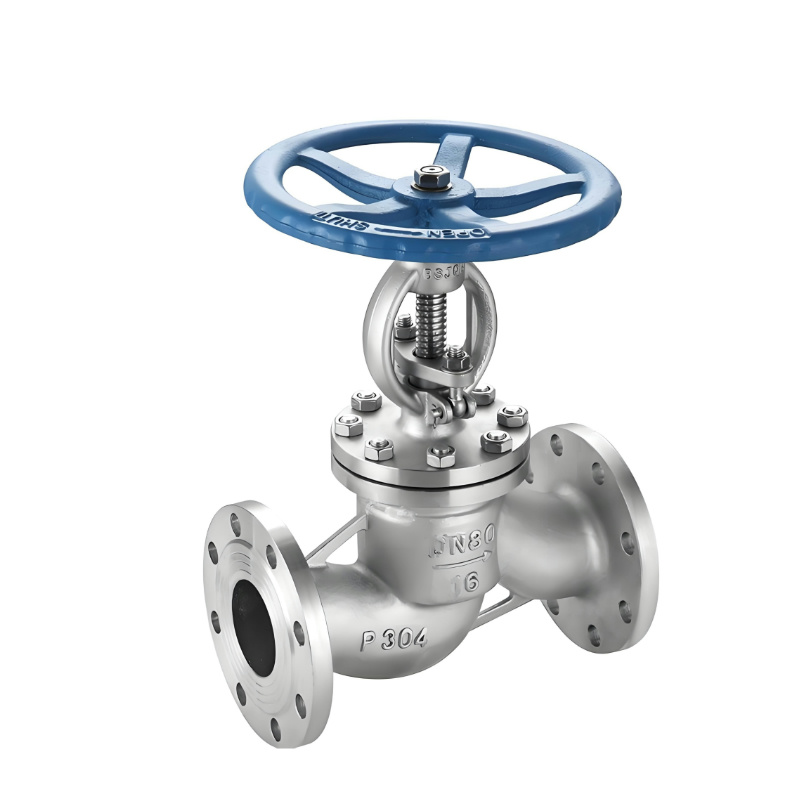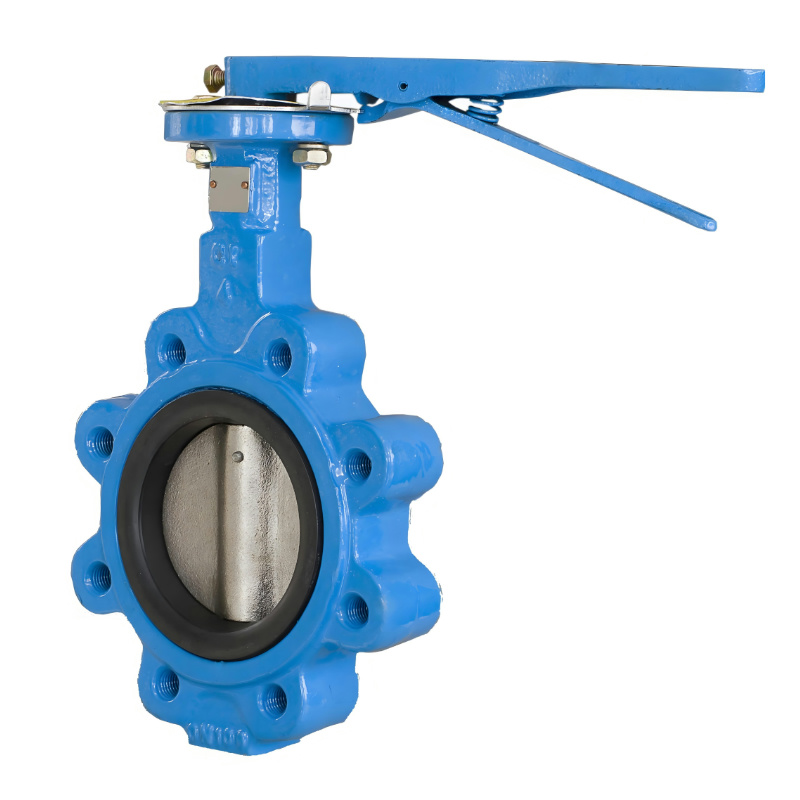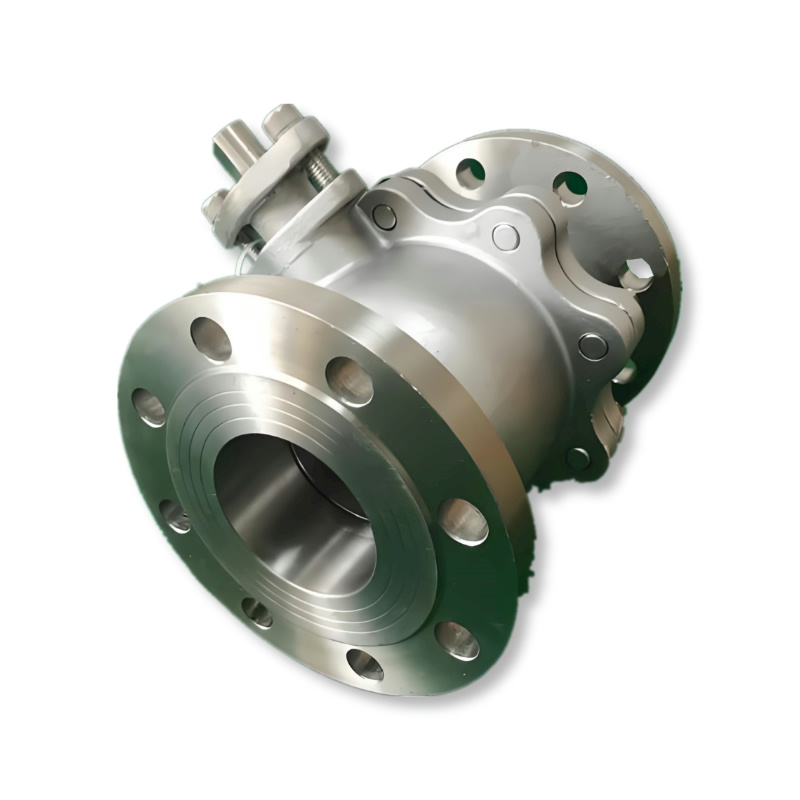Cast Steel Swing Check Valve
Introduction
This article contains all the information you need to know about Cast Steel Swing Check Valve
Specification
Types
Application
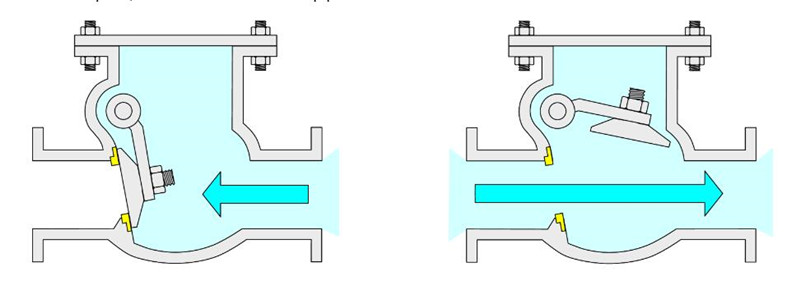
Chapter 1 - Specification
Here's a typical specification for a cast steel swing check valve:
Body Material
Cast steel, typically ASTM A216 WCB (carbon steel), ASTM A217 WC6 (chromium molybdenum steel), ASTM A217 WC9 (chromium molybdenum steel), or other suitable materials for corrosion resistance and strength.
Trim Material:
The trim materials are typically selected based on the fluid characteristics and service conditions. Common trim materials include stainless steel (ASTM A276 Type 316, ASTM A276 Type 304), carbon steel (ASTM A216 WCB), or other suitable alloys for erosion and corrosion resistance.
Seat Material:
Seats are usually made of materials such as stainless steel, stellite, or other hardened materials for excellent wear resistance and sealing performance.
Valve Size
Available in various sizes typically ranging from 2" to 24" (larger sizes may be available upon request).
Bonnet Type:
Bolted bonnet design, allowing for easy maintenance and repair. Pressure seal bonnet design may also be available for high-pressure applications.
Pressure Rating
ANSI Class 150, 300, 600, 900, 1500, or 2500, indicating the maximum pressure the valve can withstand. The selection of pressure rating depends on the specific application requirements.
Temperature Range
Suitable for operating temperatures ranging from -29°C to 593°C (-20°F to 1100°F) or higher, depending on material selection and pressure rating.
End Connections
Flanged ends, conforming to ASME B16.5 standards, with raised face (RF), flat face (FF), or ring joint face (RTJ) options available. Socket weld or butt weld ends may also be available upon request.
Design Standards:
The valve design should comply with international standards such as API 6D, API 594, ASME B16.34, or equivalent for construction, design, and testing requirements.
Compliance:
The valve should comply with relevant industry standards and regulations such as ASME, ANSI, API, ASTM, MSS-SP, and others, depending on the application and location.
Chapter 2 - Cast Steel Swing Check Valve Types
While swing check valves generally follow a similar operational principle, they can vary in design and configuration to suit different applications and requirements. Here are some common types of swing check valves based on their design:
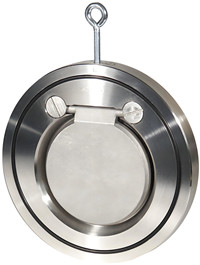
Basic Swing Check Valve:
This is the standard design of a swing check valve, featuring a hinged disc that swings open in response to forward flow and closes under reverse flow to prevent backflow. It is the simplest and most commonly used type.

Tilting Disc Check Valve:
In this design, the disc is mounted on a hinge pin and can tilt slightly to allow for smoother operation and reduce wear on the sealing surface. Tilting disc check valves are suitable for applications with high flow rates or frequent cycling.
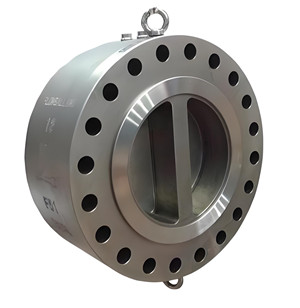
Dual Plate Check Valve:
This type of check valve features two semicircular discs that are hinged in the center and swing open or closed in response to flow direction. Dual plate check valves offer reduced pressure drop and faster response times compared to traditional swing check valves.
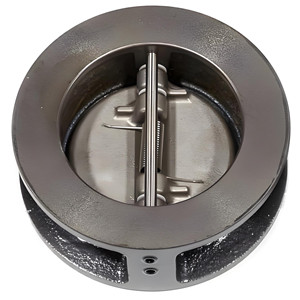
Wafer Check Valve:
Wafer check valves are designed to fit between two flanges and are held in place by the flange bolts. They are compact and lightweight, making them suitable for space-constrained installations. The swing disc design is similar to basic swing check valves.
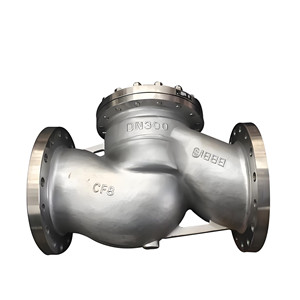
Lift Check Valve:
Lift check valves feature a disc that moves vertically (upward or downward) to allow or prevent flow. They are commonly used in applications where space is limited or where rapid closing is required to prevent water hammer.
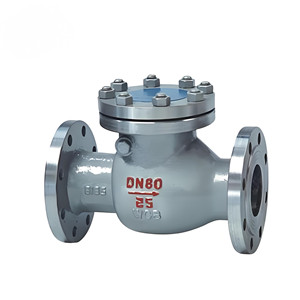
In-line Check Valve:
In-line check valves are designed to be installed directly in a pipeline and do not require additional flanges or fittings. They are compact and lightweight, making them suitable for use in tight spaces or as an economical solution.
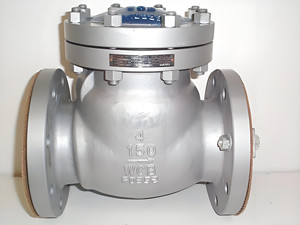
API 6D Swing Check Valve:
These swing check valves are designed and manufactured according to API 6D standards, which specify requirements for design, materials, testing, and inspection. They are commonly used in oil and gas production, refining, and pipeline applications.
Chapter 3 - Cast Steel Swing Check Valve Application
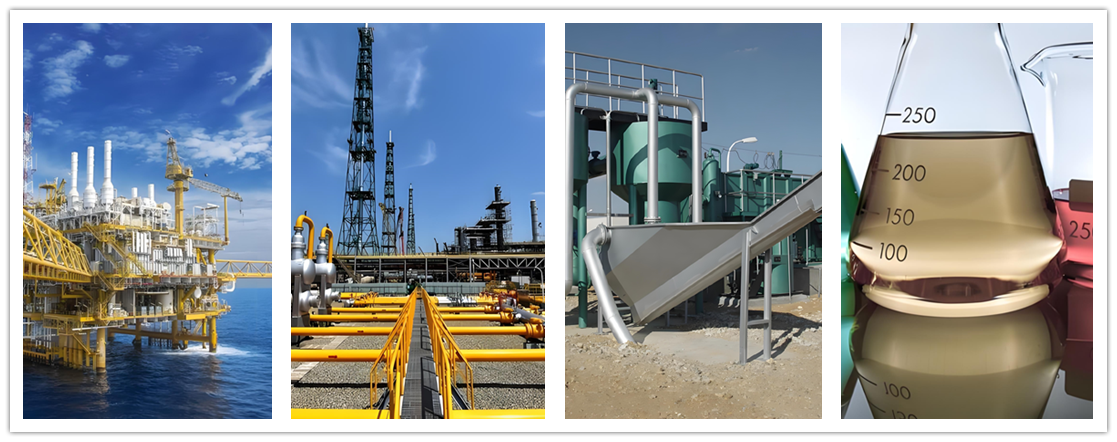
Cast steel swing check valves find application in a wide range of industries and systems where preventing backflow is essential. Here are some common applications:
Oil and Gas Industry:
Swing check valves are used in various upstream, midstream, and downstream applications within the oil and gas industry. They are installed in pipelines, wellheads, manifolds, and production facilities to prevent backflow and protect equipment such as pumps, compressors, and meters.
Petrochemical Plants:
Swing check valves are employed in petrochemical plants for controlling the flow of process fluids, including chemicals, solvents, and hydrocarbons. They are used in reactors, distillation columns, fractionation units, and storage tanks to prevent reverse flow and maintain process integrity.
Water and Wastewater Treatment:
Swing check valves play a crucial role in water and wastewater treatment plants for preventing backflow and protecting equipment such as pumps, filters, and disinfection systems. They are installed in pipelines, lift stations, and treatment facilities to maintain the flow of water and sewage in the intended direction.
Power Generation:
Swing check valves are used in power plants for controlling the flow of steam, condensate, and cooling water. They are installed in boiler feedwater systems, steam turbines, condensers, and cooling towers to prevent backflow and maintain system efficiency.
Marine and Shipbuilding:
Swing check valves are employed in marine and shipbuilding applications for controlling the flow of seawater, ballast water, and fuel oil. They are installed in piping systems aboard ships, offshore platforms, and marine vessels to prevent backflow and maintain system reliability.
HVAC Systems:
Swing check valves are used in heating, ventilation, and air conditioning (HVAC) systems for controlling the flow of hot water, chilled water, and refrigerants. They are installed in piping networks, heat exchangers, and air handling units to prevent reverse flow and maintain thermal comfort.
Fire Protection Systems:
Swing check valves are incorporated into fire protection systems such as fire sprinkler systems and fire hydrants to prevent backflow of water or fire suppression agents. They ensure that water or foam is delivered to the fire source without interruption.
Municipal Water Supply and Distribution:
Swing check valves are used in municipal water supply and distribution systems for preventing backflow and protecting the public water supply from contamination. They are installed in water mains, pumping stations, and reservoirs to maintain the flow of potable water in the intended direction.
Chemical Processing:
Swing check valves find application in chemical processing plants for controlling the flow of corrosive chemicals, acids, and caustic solutions. They are used in pipelines, reactors, and storage tanks to prevent backflow and protect equipment from damage.
Food and Beverage Industry:
Swing check valves are employed in the food and beverage industry for preventing backflow and maintaining sanitary conditions in processing plants. They are installed in pipelines, mixing vessels, and filling machines to ensure the flow of food products in the intended direction.


